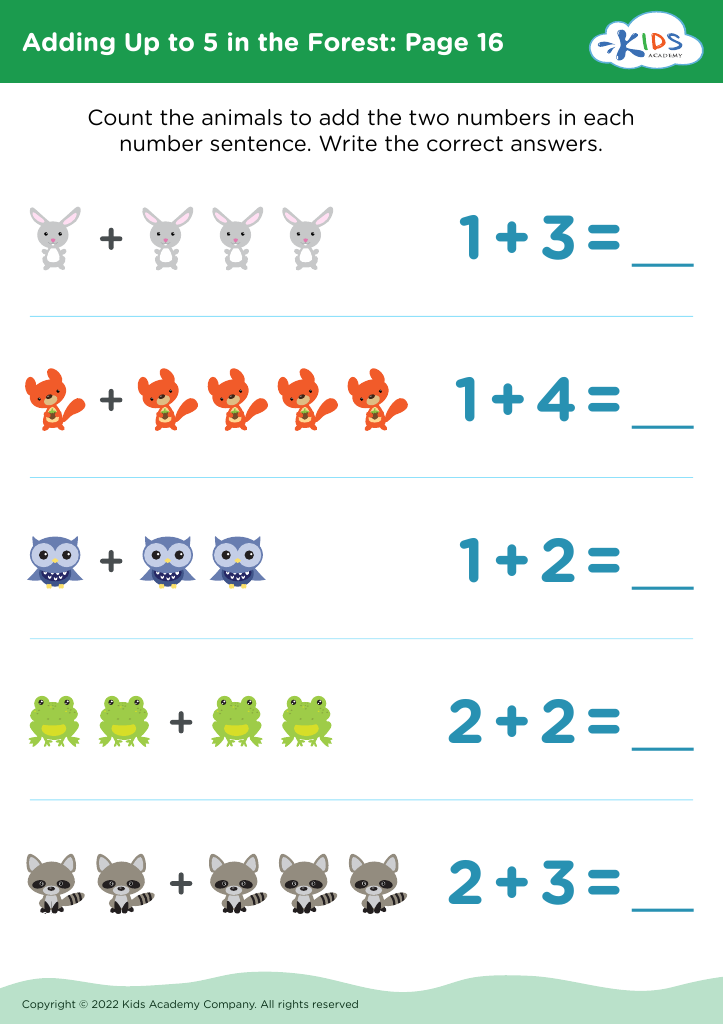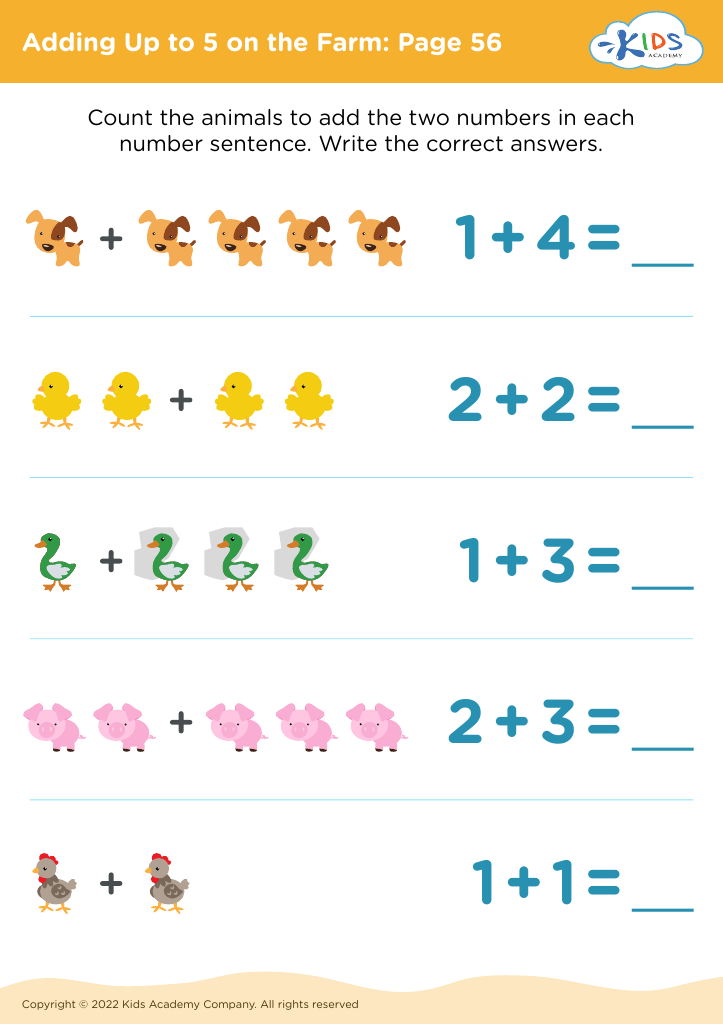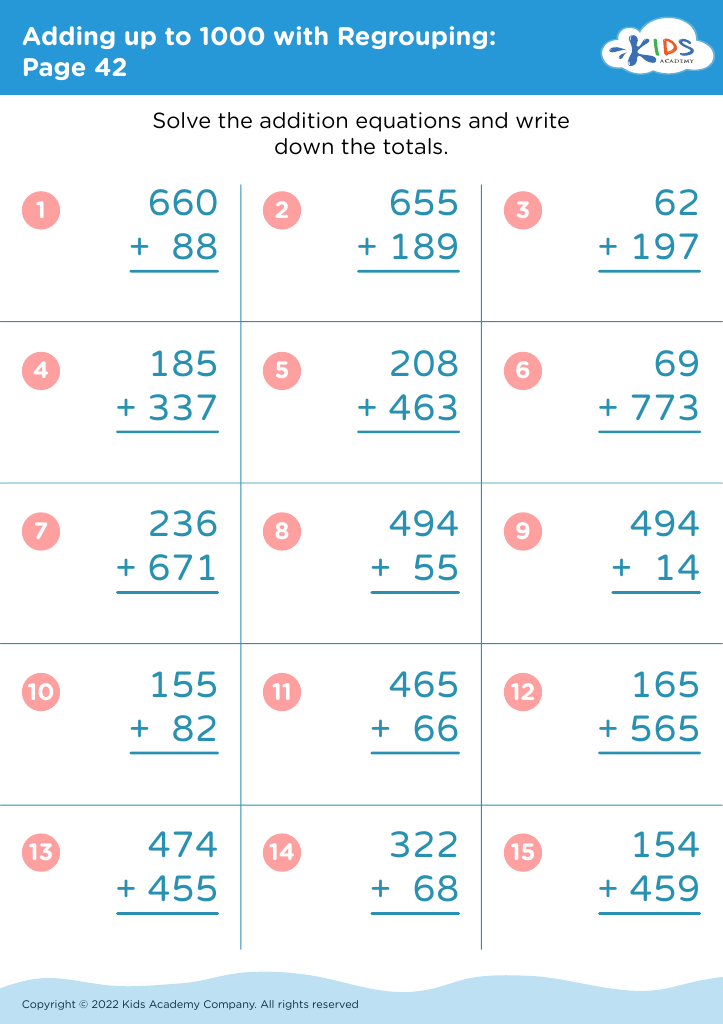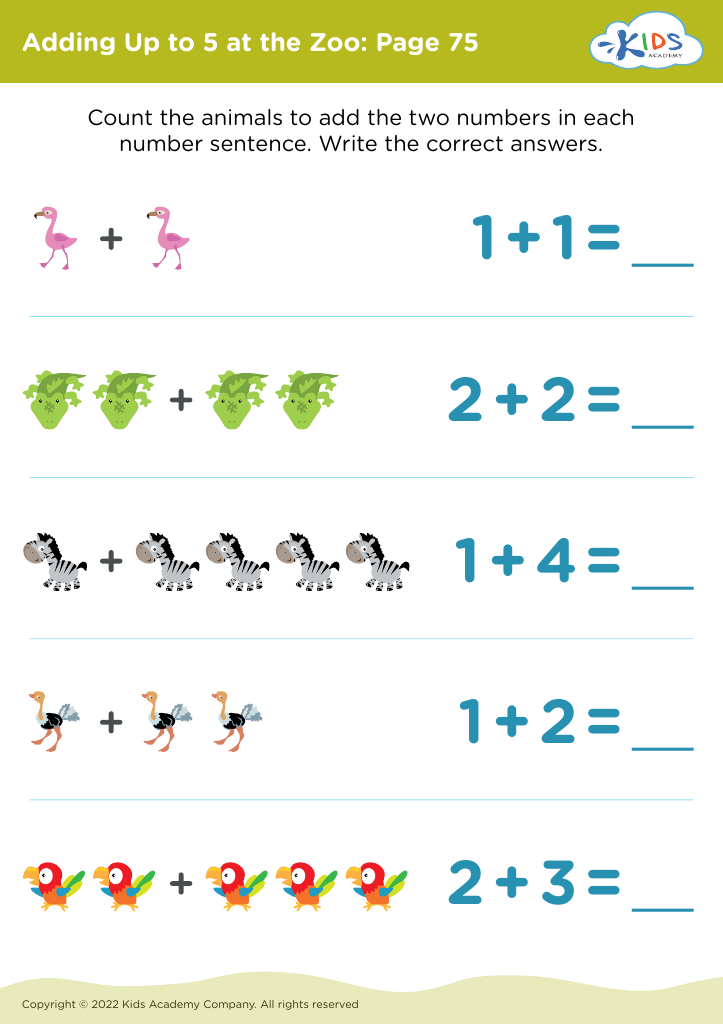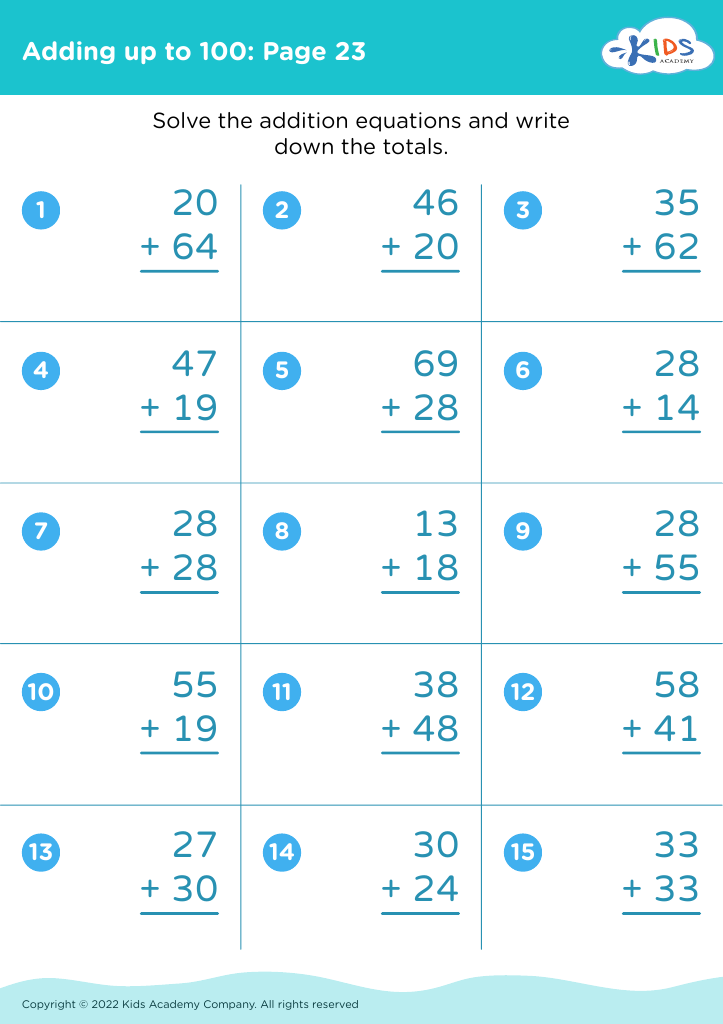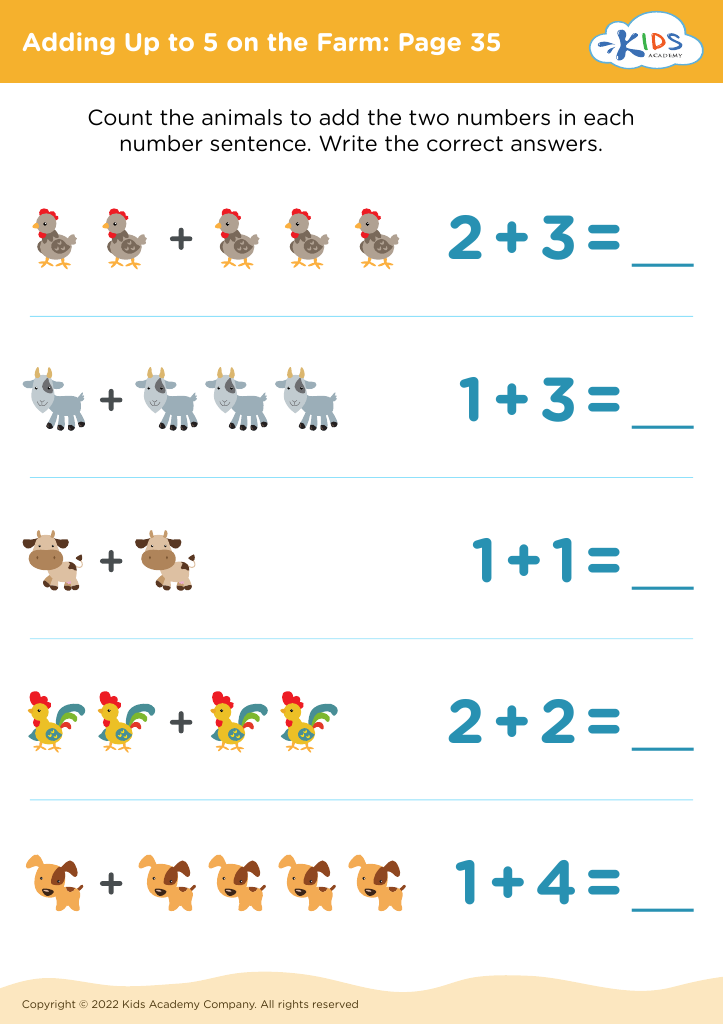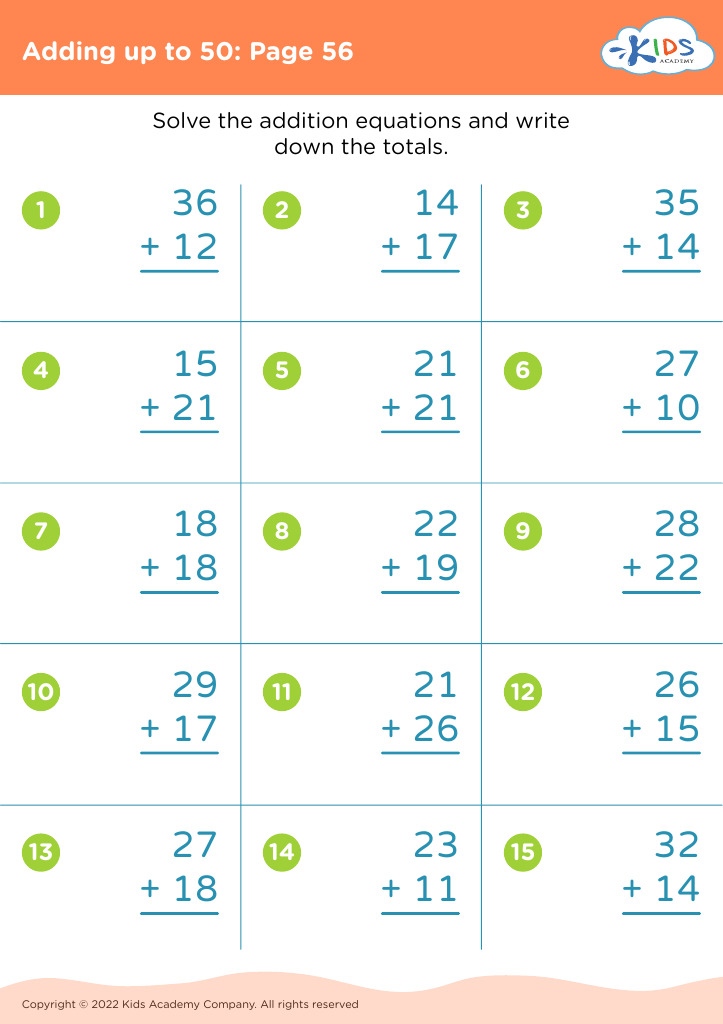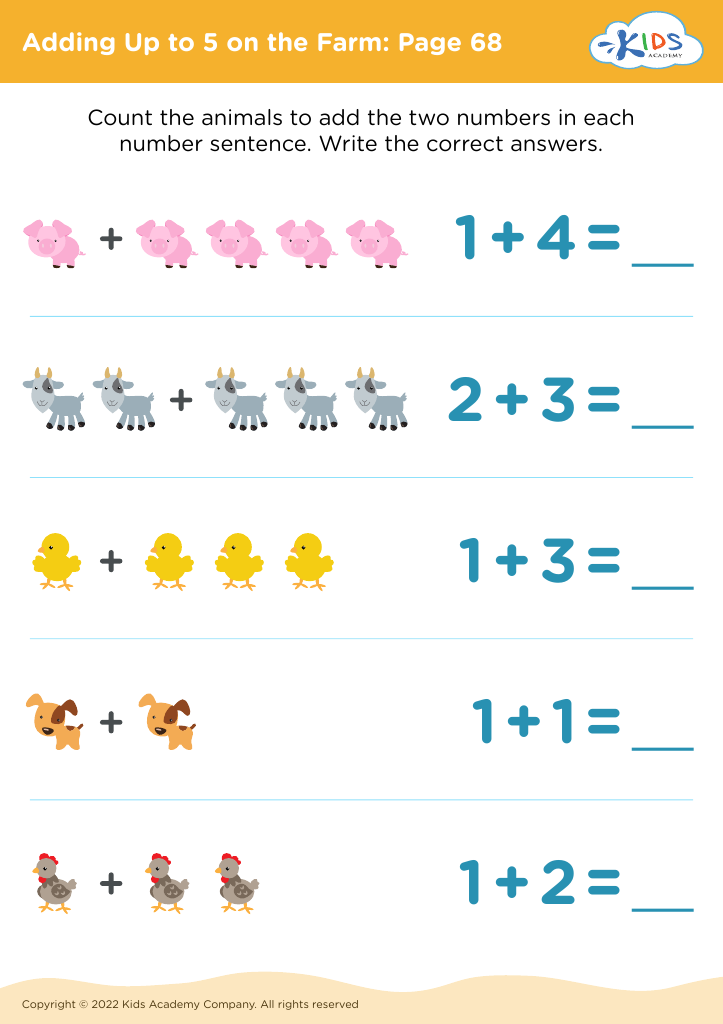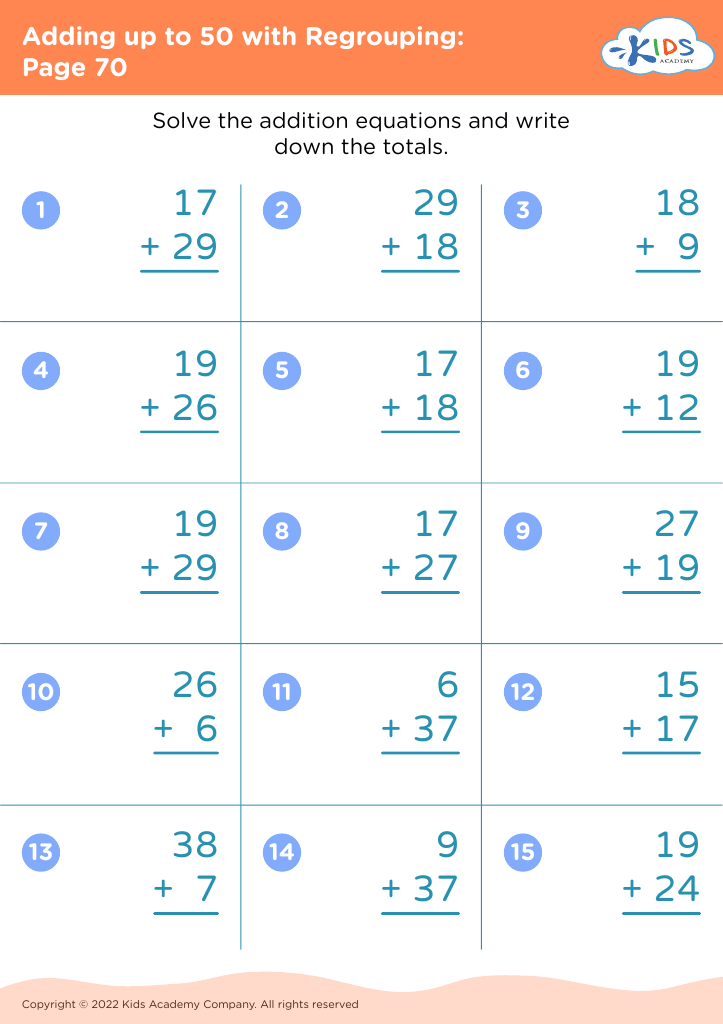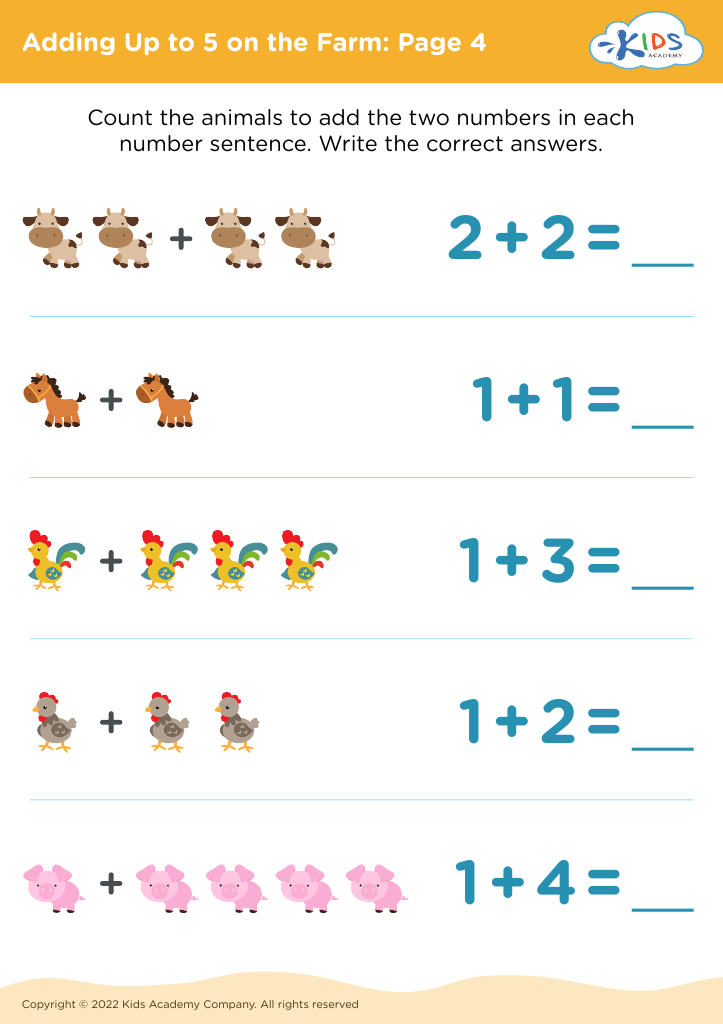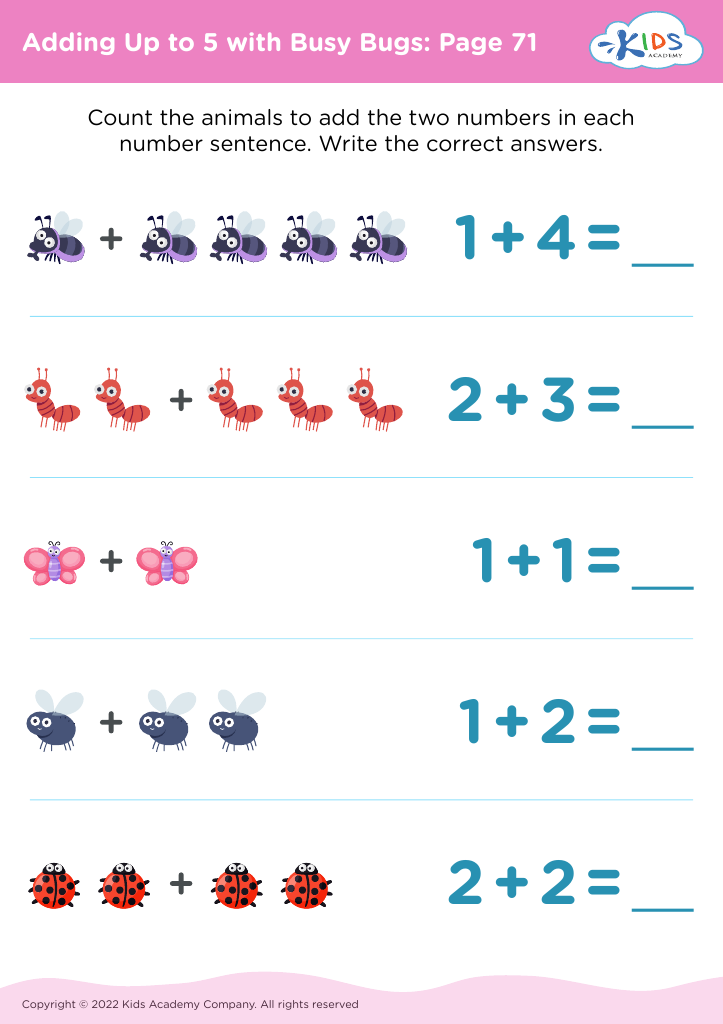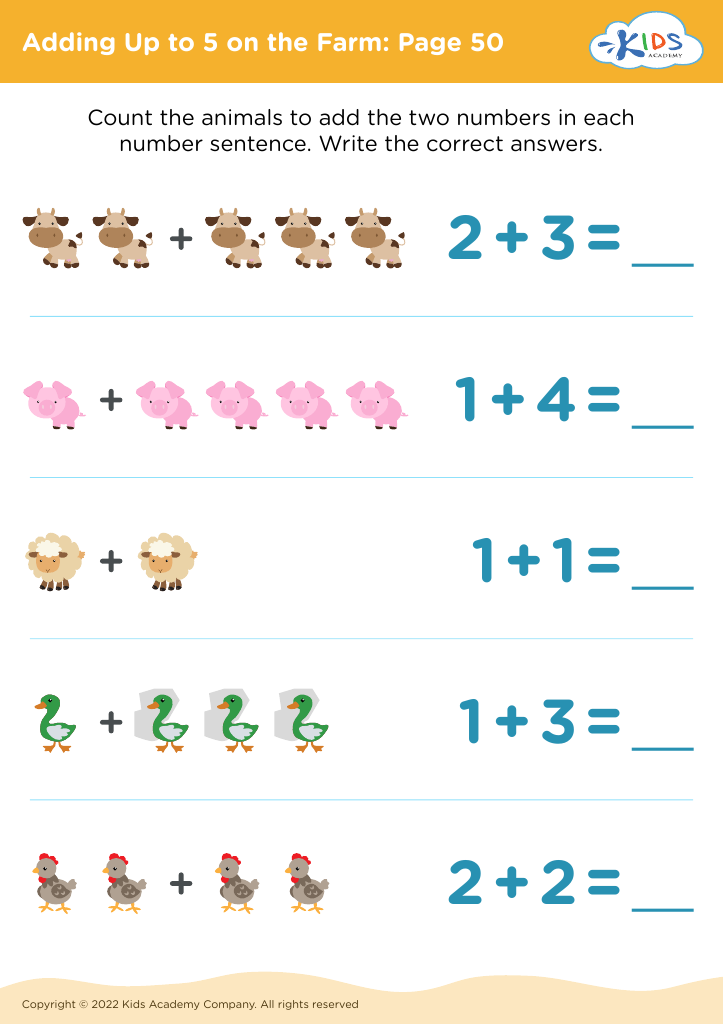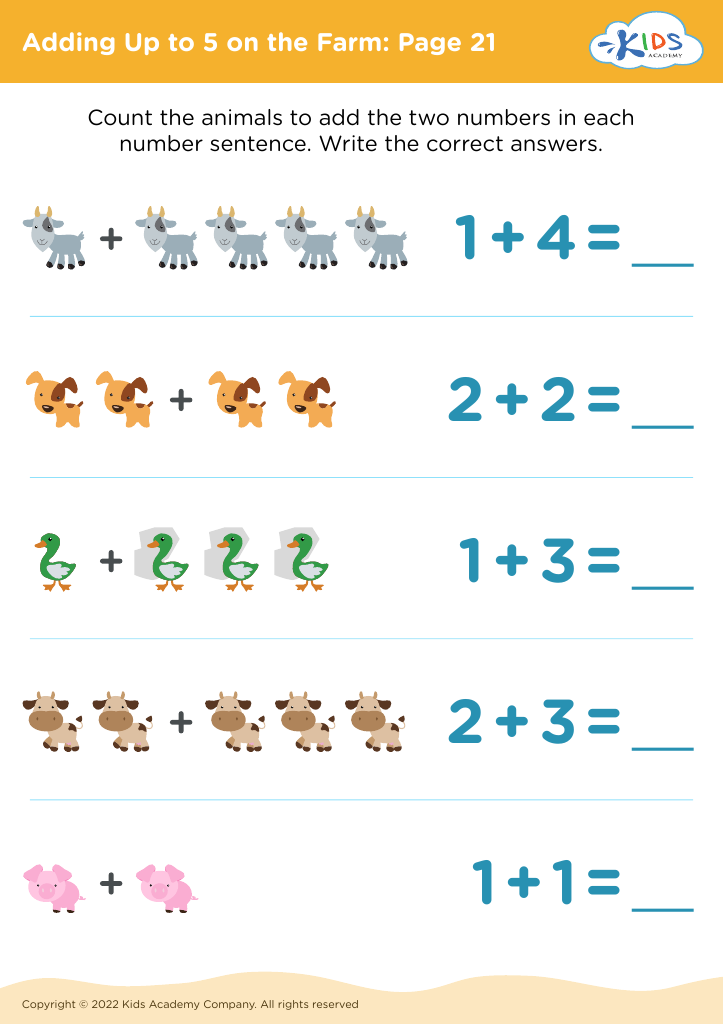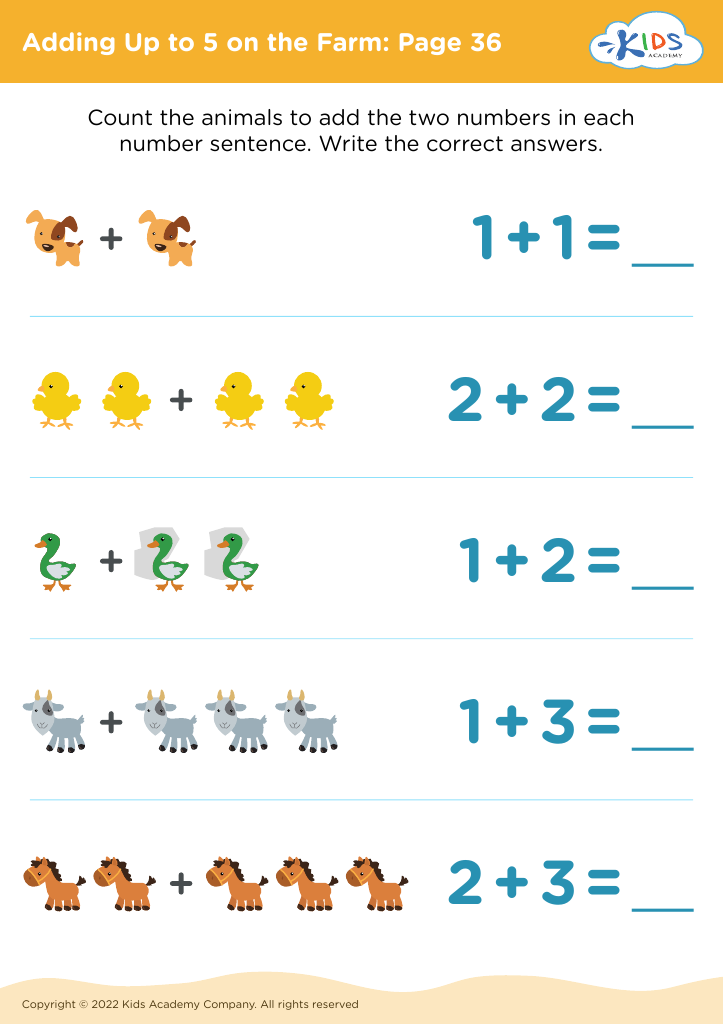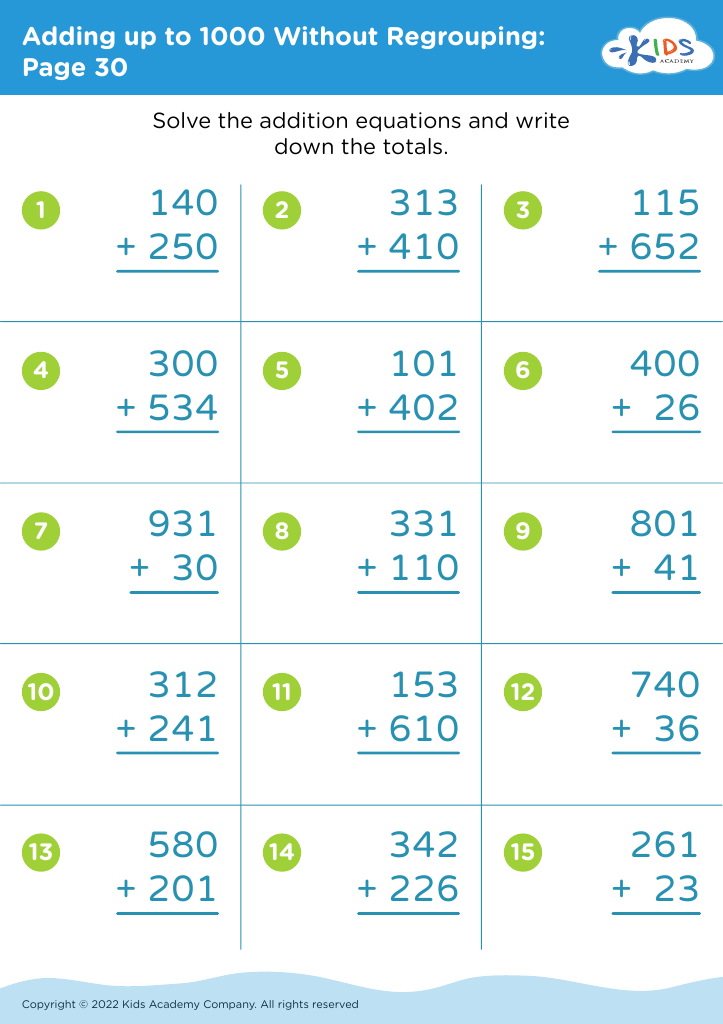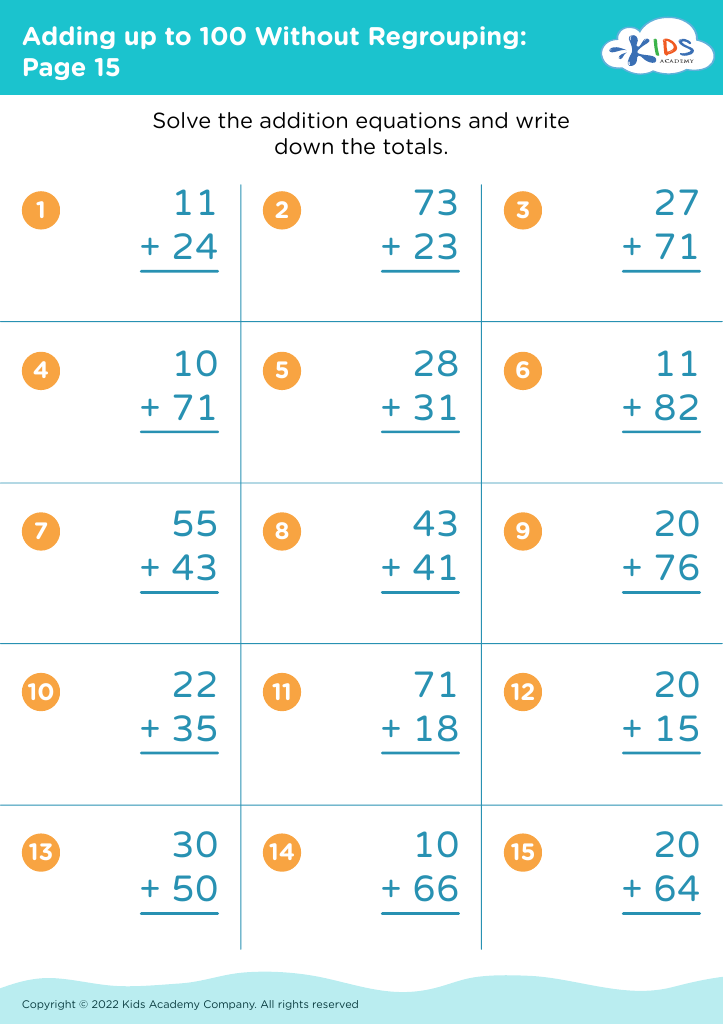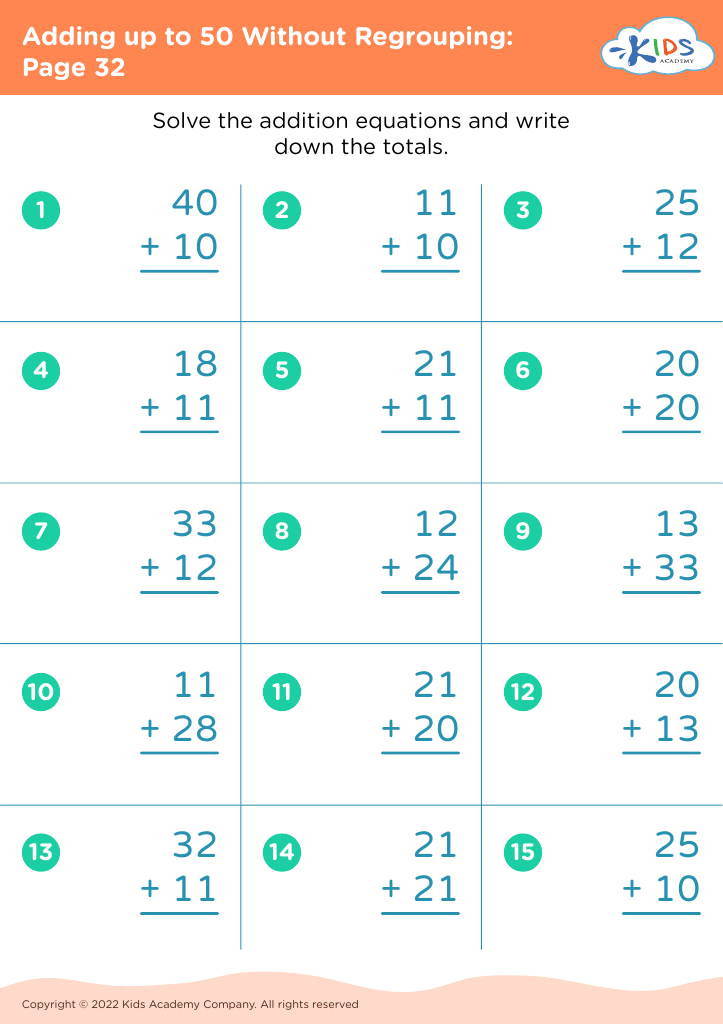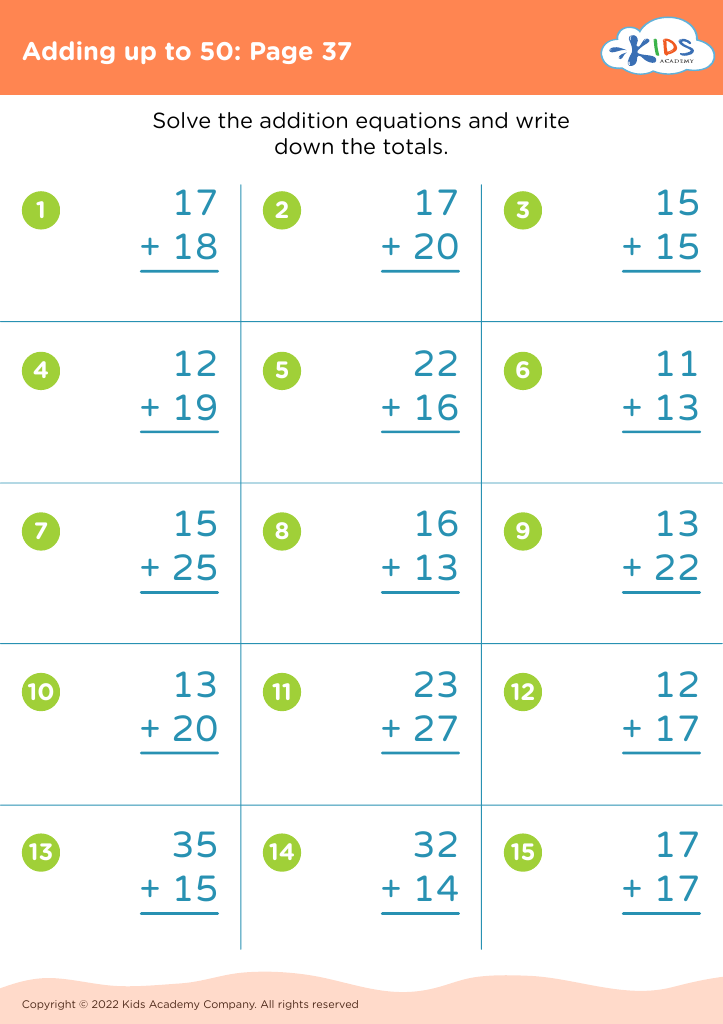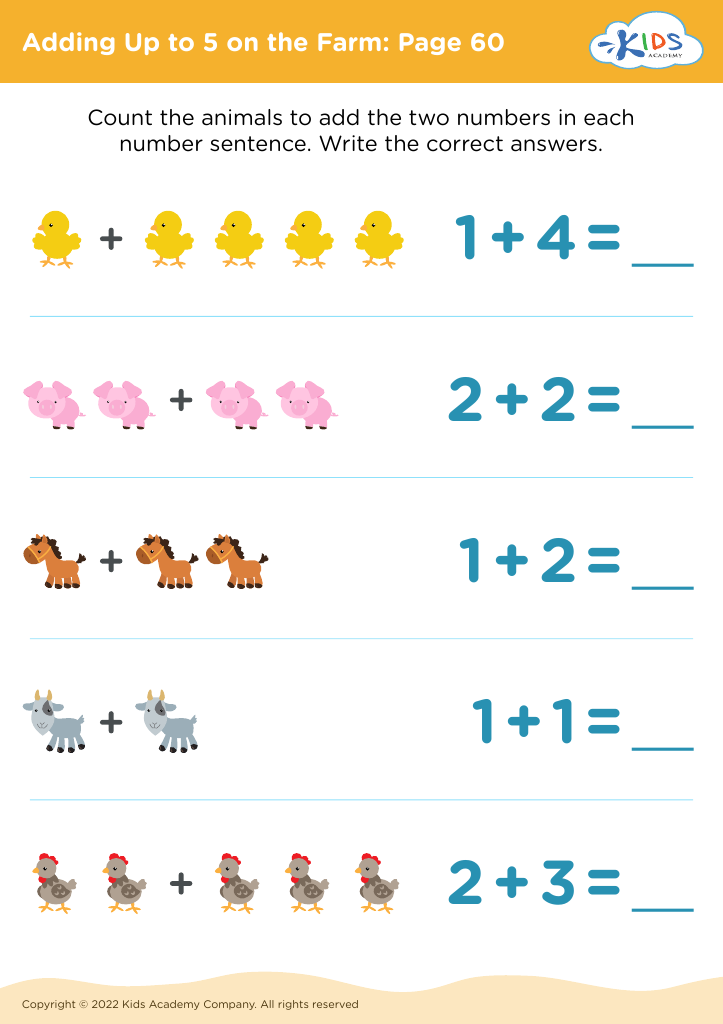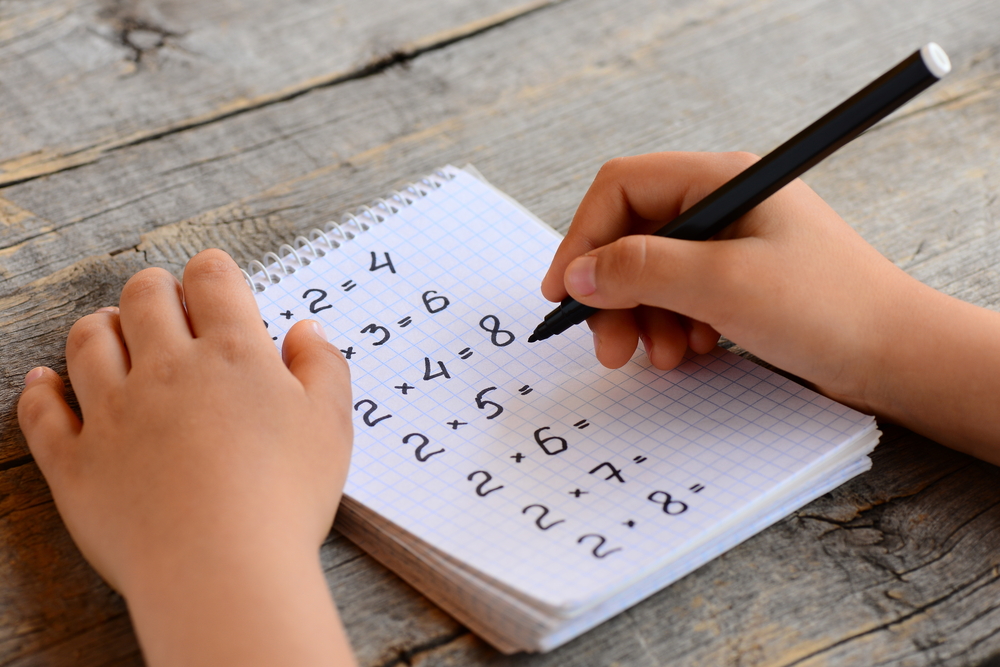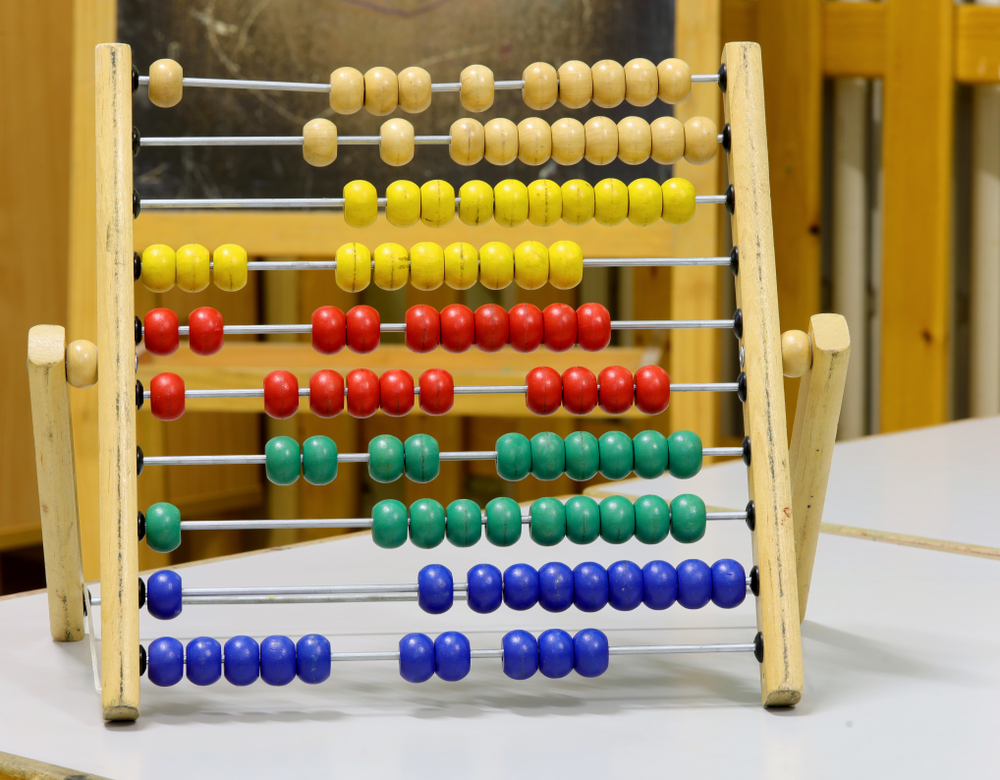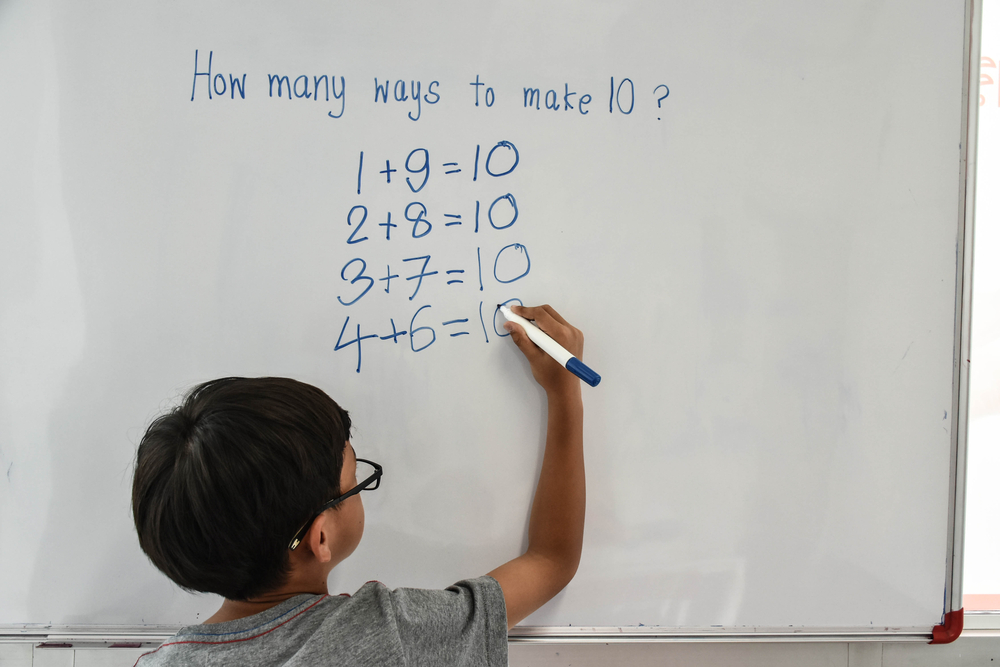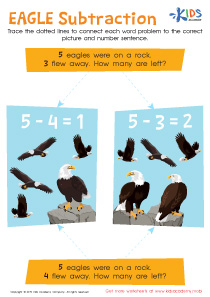Counting objects Addition Worksheets for Ages 3-8
19 filtered results
-
From - To
Discover engaging Counting Objects Addition Worksheets designed for children aged 3-8 at Kids Academy. These worksheets make learning math fun by helping young students build essential addition skills through hands-on counting exercises. Perfect for parents and educators, our resources feature colorful illustrations and various themes that capture the interest of young learners while reinforcing number recognition and basic arithmetic. Each worksheet encourages counting tangible objects, fostering a deeper understanding of addition concepts. With progressive difficulty, children can enhance their math abilities at their own pace. Start your educational journey with our effective and delightful counting worksheets today!
Counting objects and understanding addition is foundational for children aged 3-8, serving as a critical building block for later mathematical concepts. When parents and teachers encourage counting through hands-on experiences, it cultivates not only numeracy skills but also logical thinking and problem-solving abilities.
At this age, children are naturally curious and learn best through play. Engaging them in counting objects—like toys, fruits, or blocks—makes mathematics both tangible and fun, fostering a positive attitude toward the subject. This hands-on approach aids in the development of one-to-one correspondence, which is essential for accurate counting.
Moreover, grasping the concept of addition early on helps children develop a sense of quantity and number relationships. By visualizing and manipulating objects, they gain a deeper understanding of how numbers work, laying the groundwork for advanced arithmetic in the future. Additionally, these skills encourage critical thinking as children learn to compare quantities and understand basic equations.
Ultimately, focusing on counting and addition not only improves mathematical ability but also builds confidence and independence in young learners, setting them on a path to academic success and a lifelong love for learning.

